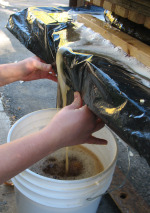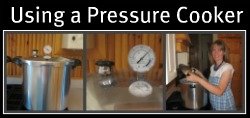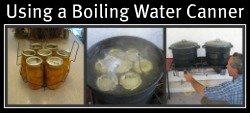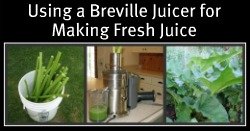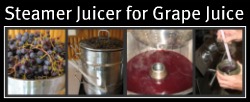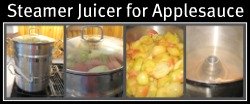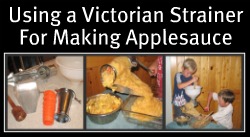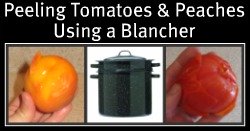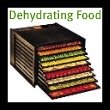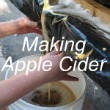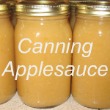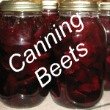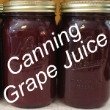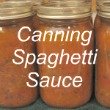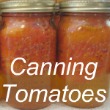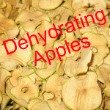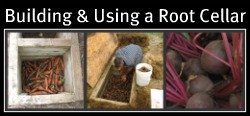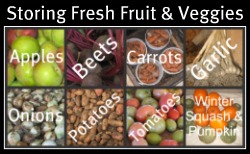|
Making Apple CiderYou’ll love the taste of homemade apple cider. The fall of 2009 was our first year making apple cider at home. 
What’s the difference between apple cider and apple juice? In the United States, apple cider comes from pressed apples and apple juice comes from apples that have been processed. They are both 100% apple liquid. Equipment & Supplies
So how do you make apple cider?You need to have something to grind up the apples and something to press the apples. I’ve seen many different kinds of apple presses, and they each have their advantages and disadvantages when making apple cider. The commercial apple presses work the best, but the disadvantage is that they are very expensive. My dad has a friend that has a commercial apple press. He lets my dad use the press to make apple cider. Too bad I don't liver closer. Check out the pictures at the bottom of this page. You can buy a small wooden press for making apple cider at home. We made our own apple press. If you like to invent things we've given some basic guidelines that we used. Picking and Grinding Apples
A local apple farmer told me that apples should to be pressed within three days of picking them for best results.
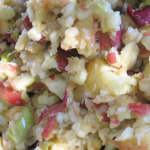
Next year, I’m going to put the apples in the blender after they go through the fruit grinder to see if we can get a finer mash (similar to the mash that comes from a commercial grinder). The finer the mash, the easier it is to get cider from the apples. I’m going to experiment to see if it makes that big of difference. Making Apple Cider PressHere’s how we pressed our apples. If you’re creative and like to invent things, use some of these basic principles and create your own cider press. Or you can buy a home cider press that’s all ready to go.
Disclaimer: Provident Living Today takes no responsibility for the apple press you build. You are expected to use good judgment, common sense, and reason. The information on this page is only provided to give you ideas. You are solely responsible for your safety and well-being. Throw the apple pulp back on to the garden. It’s great fertilizer and helps to acidify the soil. See
Types of Garden Soil.
Storing you’re Apple CiderTo store apple cider, you’ll need to freeze it. You can pour your apple cider into any plastic food container. Remember to leave a couple inches of headspace at the top of your container. The cider expands when it freezes. 
You can also process your apple cider in a boiling water canner, but then it won't be apple cider. It will be apple juice. We freeze some of our cider but don’t have room for all of it in the freezer. We process most of our cider in quart jars. See Boiling Water Canner for details and processing times. Making apple cider using a apple press is a lot faster than using the steamer juicer to make apple juice. That's why we made an apple cider press. The taste of fresh homegrown apple cider and apple juice is delicious!
Return To:Home Canning from Making Apple Cider |





